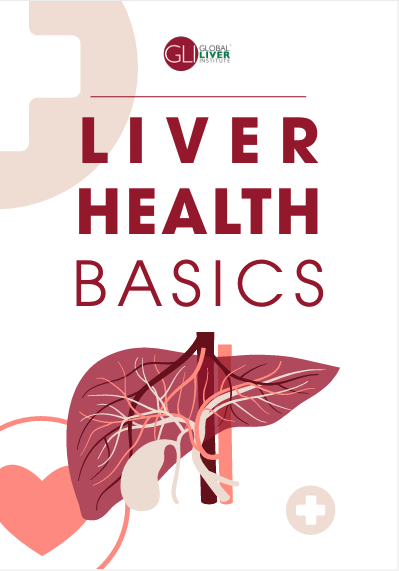Resources
The Global State of Liver Health
Drawing from a wealth of studies and the perspectives of community experts, this report defines and analyzes the landscape of liver health around the world. It is both a foundational resource and a rallying cry for clinicians, policymakers, and other community leaders to fight liver disease.
Liver Health Basics
This booklet provides a foundation for understanding of liver health, providing the function of the liver, common symptoms of liver disease, an overview of the major types, and an outline of liver-healthy habits. Download the booklet here.
When Treatment Is No Longer Available: Lessons and Insights from a PBC Case Study
Facing a medication change can be confusing and stressful, but you don’t have to navigate it alone. Our “When Treatment is No Longer Available” FAQ sheet is here to guide you through the process, answering the questions patients ask most: Why was this medication withdrawn? What should I do next? Who can I turn to for support?
Developed with input from Dr. Julio Guitterez, an expert transplant hepatologist at Scripps Health, expertise from primary biliary cholangitis (PBC) patient advocacy organizations, and with the support of Intercept Pharmaceuticals, this resource uses PBC as a case study to provide real-life examples. The information shared also applies broadly to many situations where rare disease medications are discontinued.
Supported by




